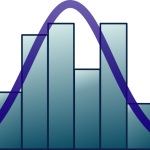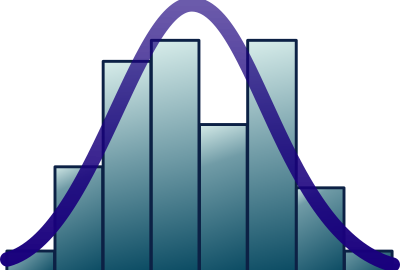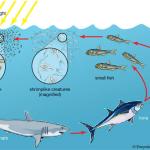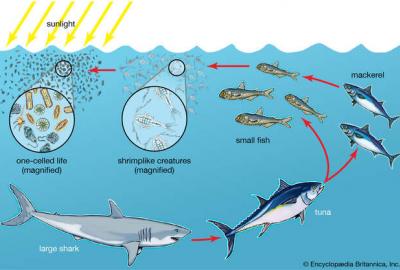Fisheries Economics
This course is part of the 2nd semester of the Master in Aquaculture and Fisheries of the University of Algarve. It is required for the fisheries specialization students and an option for students from other Masters.
Course content
A brief course on Economics
- 1. Markets and Welfare
- 1.1. The demand and supply curves
- 1.2. Interaction between supply and demand and market equilibrium
- 1.3. Elasticity and its determinants
- 1.4. Applications of elasticitites
- 2. Inside the firm
- 2.1. The production process
- 2.2. Average and marginal productivity
- 2.3. From production to costs
- 2.4. Short-run and Long-run costs
- 3. The firm in the competitive market
- 3.1. The supply curve
- 3.2. The short run decision to exit and sunk costs
- 3.3. The long run decision to exit (or enter) the market
- 3.4. Perfect competition in the long run
- 4. Investing and discounting
- 4.1. Present value and future value
- 4.2. Compounding periods and effective annual interest rate
- 4.3. Discounted cash flows
- 4.4. Net Present Value
- 4.5. Alternative criteria: Internal Rate of Return and Payback
- Fishery Economics
- 1. A brief review on the contribution of fishery economics
- 2. Property rights
- 2.1. Open Access and the Tragedy of the Commons
- 2.2. Exclusive Economic Zones
- 2.3. Individual Transferable Quotas
- 3. Biological models vs bioeconomic models
- 3.1. Maximum Substantiable Yield and Fishery Policies
- 3.2. Bioeconomic models:
- 3.2.1.The Traditional Static Approach
- 3.2.2.The Gordon Schaefer Model
- 3.2.3. The new Fishery Economics Literature
- 3.3. Integrating Economics into fishery policies
- 3.3.1.The state-of-the-art
- 3.3.2.Recent Developments
The course is organized into two sections.
- The first endows students with the necessary concepts and tools allowing them to fully grasp the following learning outcomes: (i) the functioning of markets (ii) the firm decision problem (iii) the basic economic underpinnings of fishery management policies.
- The second section is devoted to the presentation of fisheries economics. Here students will be provided with the conceptual framework used by fishery economists and the main insights resulting from this literature. (Sections 1, 2, 3.1 and 3.2) Classes will always be conducted in a critical context with constant reference to the contributions from other scientific areas. The last part of the course (section 3.3.) focuses on the current debate regarding the integration of economics into fishery policies, hitherto essentially based on biological concepts.
Final competences
- Understanding of fundamental concepts in economics and finance, thus enabling the students to better understand: (i) the functioning of markets (ii) the firm decision problem (iii) the basic economic underpinnings of fishery management policies.
- Understanding of: (i) the methodological approach used by fishery economists, (ii) the main insights provided by that scientific field, (iii) the main challenges concerning the integration of economics into fisheries policies
Further course information can be found here: https://studiekiezer.ugent.be/2026/studiefiche/en/C004243




